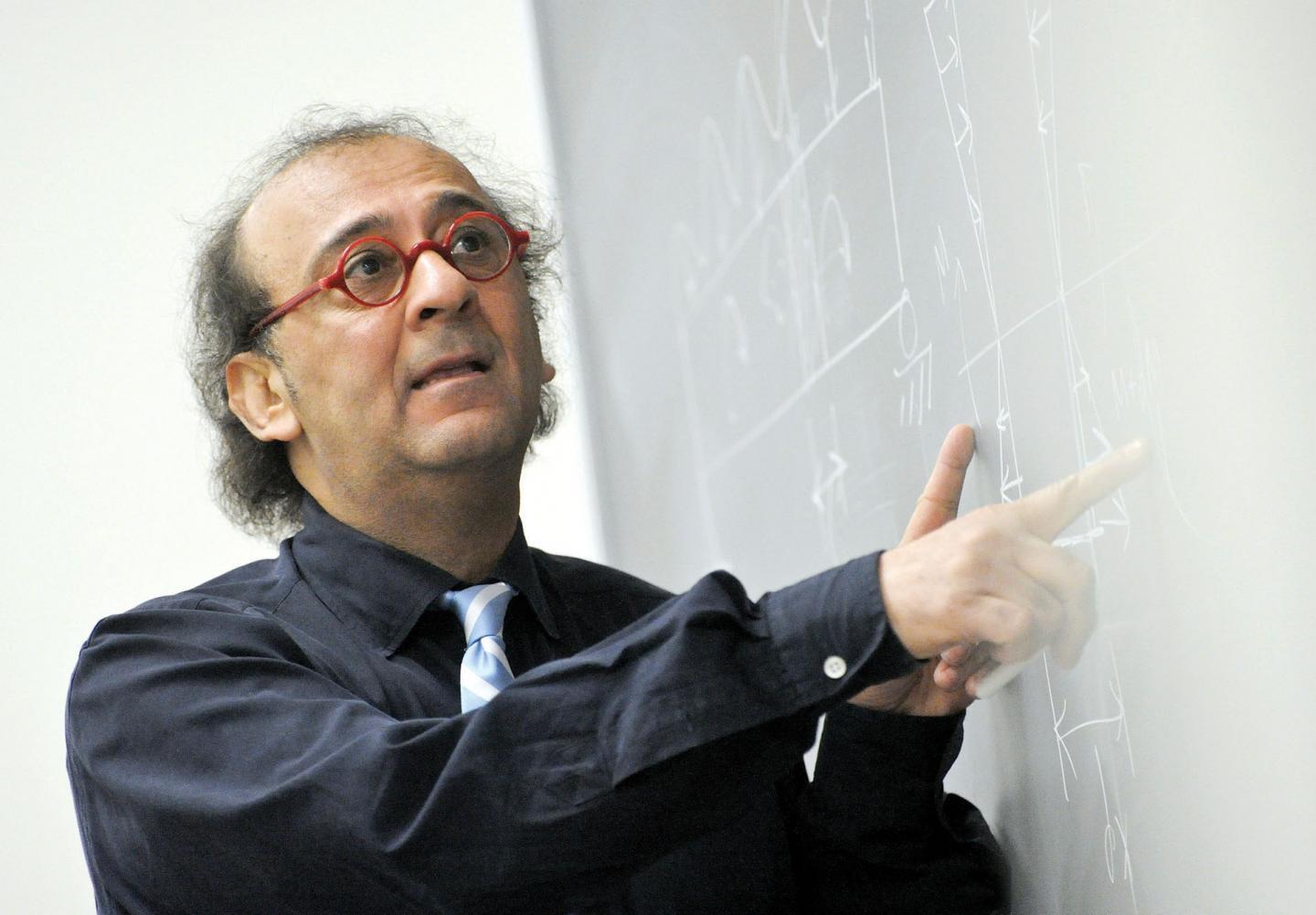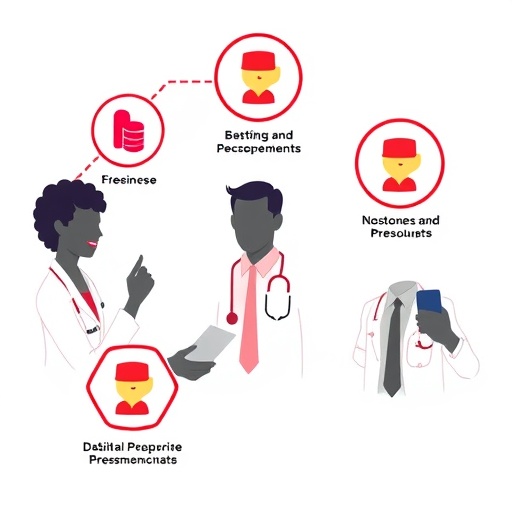UTA civil engineer continues to help cities determine lifespans of critical infrastructure

Credit: UT Arlington
A civil engineering professor at The University of Texas at Arlington is working with the city of Lubbock to inspect, analyze and report the remaining service life of 3.5 miles of pressure pipe that carries water to users.
Ali Abolmaali, chair of the Civil Engineering Department, will use a UTA-owned robot in the $185,000 project.
“We will use a crawler robot to perform the pipe evaluation for Lubbock,” said Abolmaali, who also is the Dr. Tseng Huang Endowed Professor in civil engineering. “Lubbock had put those pipes out of service. We want to evaluate exactly what condition the pipes are in and how long they last. This would save city by not replacing unnecessary pipes with remaining service life.”
Abolmaali is quickly becoming a major UTA liaison to Texas cities through the work done on their infrastructure pipes. He has used UTA robots for sewer pipe evaluation in Arlington, Waxahachie, Coppell and Ennis.
“Pressure lines are larger in diameter than sewer lines,” Abolmaali said. “We also will use material testing and artificial intelligence to complete the project.”
In previous projects, UTA took core samples from the pipes and analyzed them with a scanning electron microscope to relate material chemistry to pipe strength. Abolmaali’s projects also have used finite element modeling and employed artificial intelligence to make assessments on the lifespans of the pipelines.
Peter Crouch, dean of the College of Engineering, said Abolmaali’s work with cities has equipped the college with insights into the challenges facing municipalities.
“These are incredibly useful solutions that take what professors are creating in the laboratory and move them through R&D to practical application in the field,” Crouch said. “Both graduate and undergraduate students benefit directly from seeing up close these application in practice within their classroom learning environment. Abolmaali’s work strengthens what we’re doing in the classroom by enriching the learning environment through these practical aspects of civil engineering.”
###
Media Contact
Herb Booth
[email protected]
Original Source
https:/





